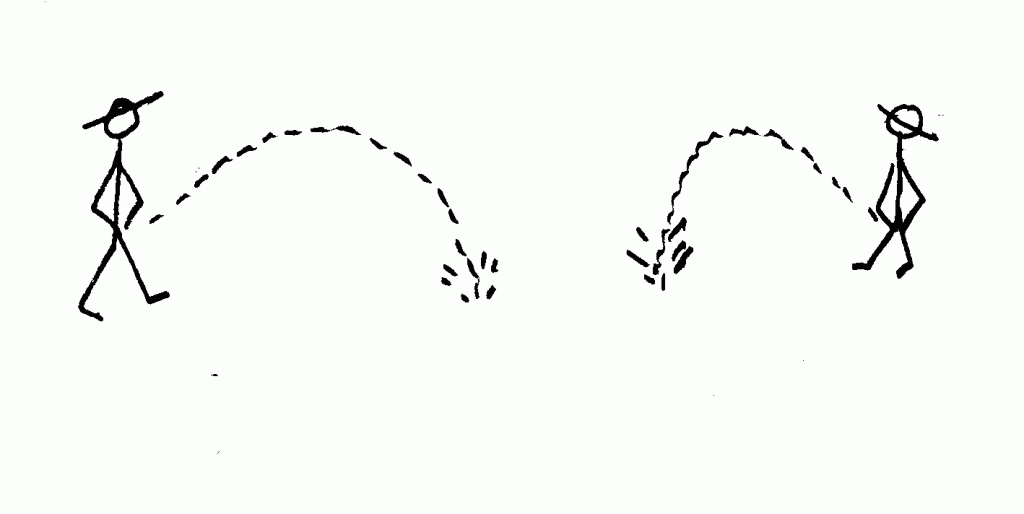M
malaguti
firstly, there should be no ambiguity here.....either you can net different revenue streams or you can't
Agreed, you think you can, I and a couple of others think you can't
this would be governed by the HMRC rulebook irregardless of who agrees or disagrees on the forum
agreed again. the only "proof" is in their assessment not mine, not yours..seems we're agreeing on a few things already
in terms of seeking advice, anyone can seek advice from a professional accountant. how you interpret my opinion to suggest that i dont advocate seeking advise is a bit of a stretch.
not really, as you need proof from me. I'm not sending in a CT600 for a fictitious company, neither are you so who is really qualified to offer any sort of advice? not me, not you. an accountant or possibly HMRC themselves but personally I wouldn't be going direct to HMRC potentially knowing i was carrying on two different businesses within the same umbrella
i am able to admit when i am wrong, i am simply asking you to show me the basis of where you have formulated your opinion so that i can revise my own.
that isn't quite what you asked. the basis of my opinion simply comes from having studied corporate law, and having worked with the likes of GE and Pfizer who have incorporated in the likes of Ireland and Belgium and Panama with the sole intention of avoiding tax wherever they can. It certainly wasn't for the exotic locations. the other basis of my opinion comes from personally having to prepare CT600s for two different companies
what you asked was proof..like I have to give you or anyone else proof. likewise what proof should I expect from you. its your opinion, thats all and I'm happy to take it as such, rather than becoming a pissing contest and asking for proof.
I'm also more than happy to revise my opinion, but I'd only have it revised if HMRC would like to confirm it. I also wouldn't expect you to revise your opinion on the education (which I can't prove) from a random guy called malaguti on the internet, despite how knowledgeable he may think he is :cheesy:
what is fact is that companies can trade with more than one SIC code (standard industry classification) and can operate under multiple trading names for different business as a pass through back to a single legal entity. these facts would contradict your claim that a company with a defined beneficial shareholder structure cannot net out different revenue streams. i still cannot find this in the HMRC rulebook. moreoever, if it is not in the HMRC rulebook, then the HMRC cannot enforce it bc it becomes a subjective matter which a company can legally appeal.
unfortunately I don't have their rulebook
another example would be if a big IT company has an expensive real estate lease but then decides to take out a loan to buy the building instead of leasing out the office space. then it decides to rent out extra office space to other companies. how would you apply your interpretation of netting different revenue streams in this case if the building goes onto the IT company's balance sheet?
another example is, if a company makes 100k by doing IT consultant services...but then makes another 50k doing plumbing....the HMRc will tax the additional 50k of plumbing proceeds at the higher tax bracket if the shareholders want to take out a dividend bc they will require the company to report in the operating year a total of 150k in total profits. the hmrc wont say, bc the 50k was a different revenue stream you can get taxed at the lower bracket as if it were a completely separate business. iT all comes down to beneficial ownership.
what i thought was a healthy informative discusision has turned out to be one where you are now back pedalling from your argument by trying to subtly mark me as having bad intentions.
not really, what was one opinion over another soon turns into a childish p1ssing contest one of which i'm not going to bother with (yes if it keeps you happy I am backtracking, I am running with my tail between my legs, you can now feel content in your self esteem), like i say simply because your opinion differs from mine and i'm not the one sending in a CT600 for a trading company. I have nothing to prove and I don't ask the same from you.
I do on the other hand have to submit in two CT600s this weekend for two different businesses and they are entirely different. why do you think i might have to do that?
best of luck to you
and to you ballsofgold

